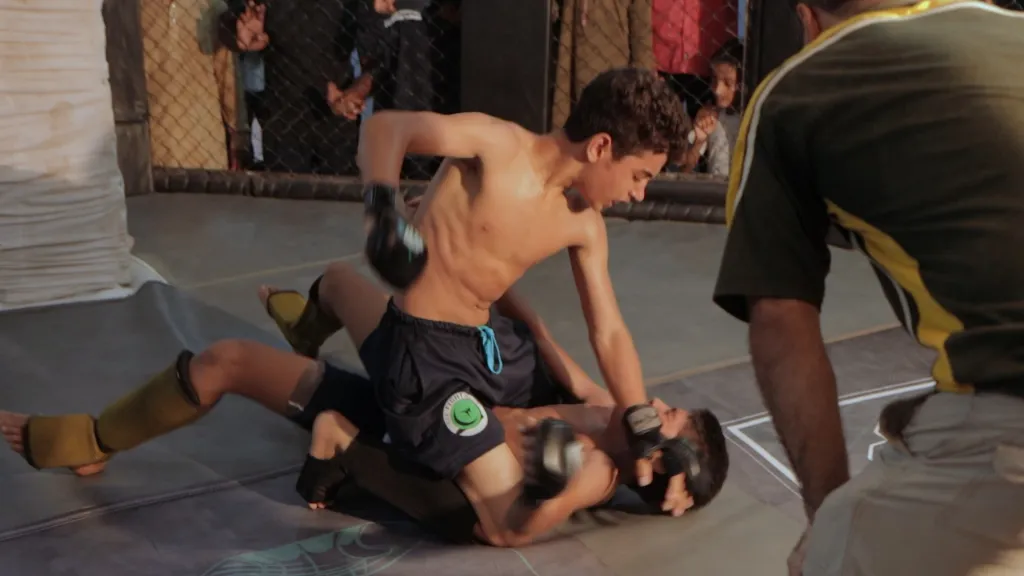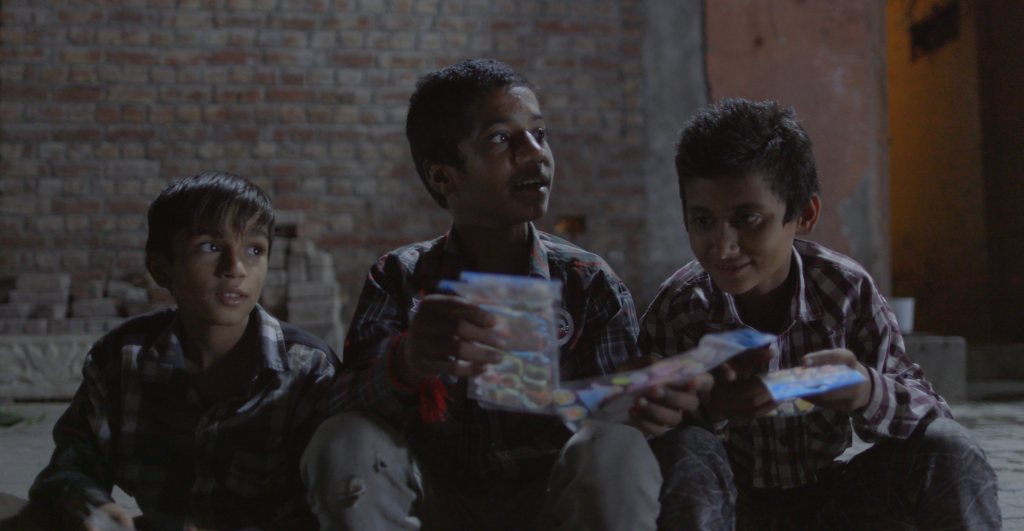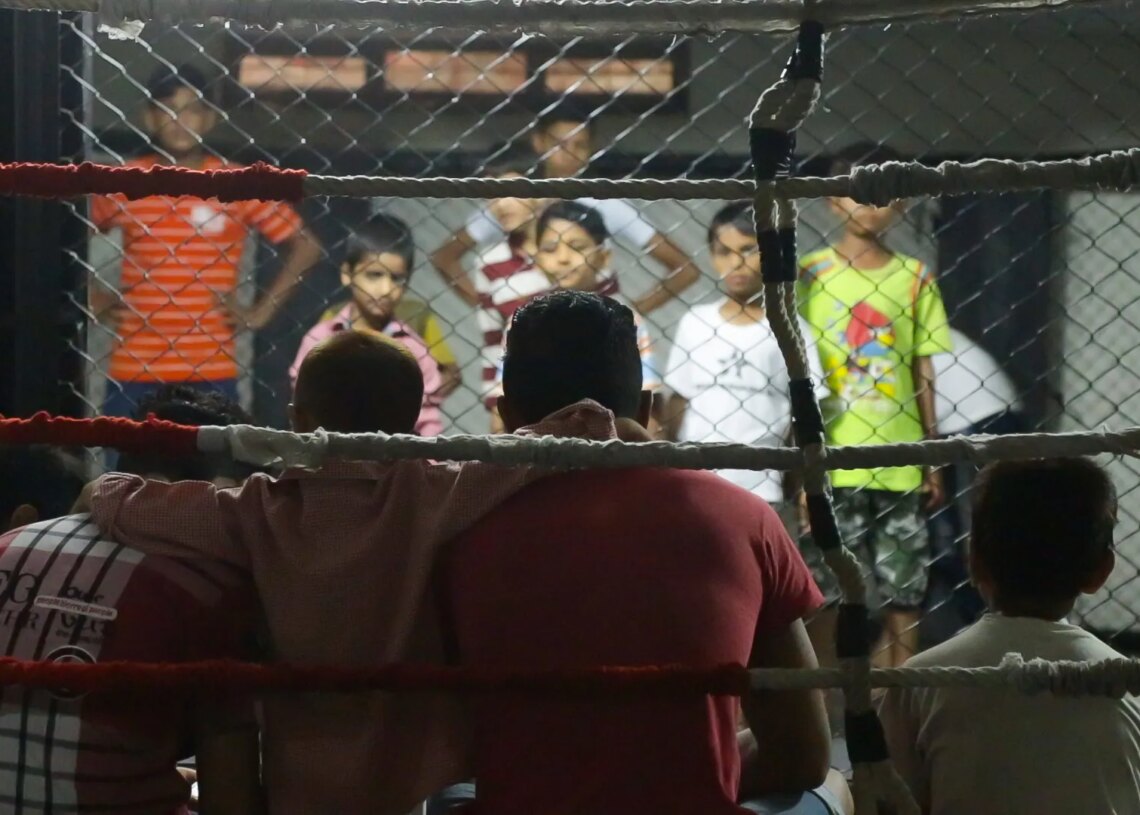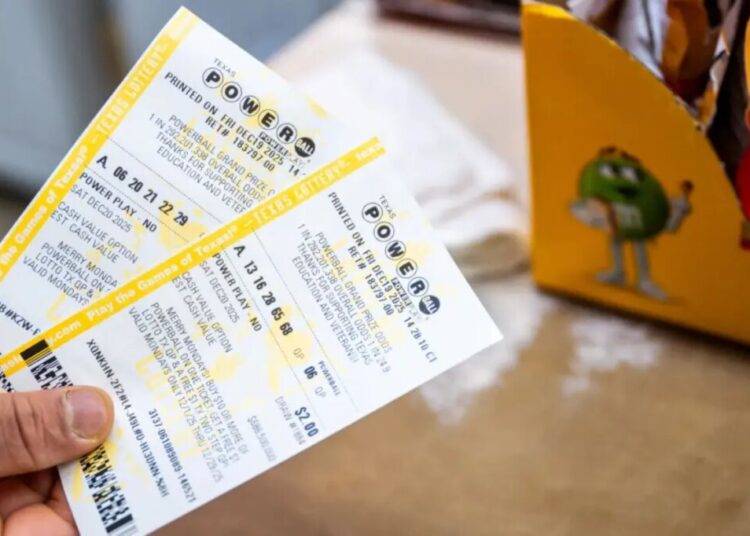There are 366 million unregistered children in the world, and 60 million of them live in Pakistan. Filmed in the slums of Lahore, Kids Fight is a coming-of-age story that stretches over eight years, following a group of young boys from childhood into their teenage years and, in some cases, young adulthood. Navigating an environment of poverty, drugs, and crime with chaos, mischief, and heart, they roam the streets late at night, flog stickers to make money, and disappear from home for days at a time. The conditions are difficult to escape, but a local gym established by Bashir Ahmad, a Pakistani-American veteran of the Afghanistan war, offers them a sense of safety and self through MMA.
Written and directed by Sarah Tareen, produced by S. Izmerai Siyar Durrani and executive produced by VICE founder Suroosh Alvi, Kids Fight goes beneath the surface of Pakistan’s teenage MMA circuit, and explores combat sports as a sanctuary from real-world violence.
Members can watch Kids Fight below, uncut and in full, followed by an interview with Tareen.
VICE: What was the genesis point for Kids Fight? Did you know you wanted to tell a story about unregistered kids in Pakistan and drill down from there, or did you come across the gym first and build out from that?
Sarah Tareen: For me, Kids Fight started years ago, with a question I couldn’t shake: how do people survive what they’re forced to live through? I’d been documenting the fallout of post-9/11 Pakistan from an uncomfortably close range, from talking to students minutes after university blasts to examining hellfire missile debris while filming drone-strike aftermaths. Those experiences stay with you. They make you pay attention to the quieter, everyday survival people perform without ever naming it.
I had started training in MMA at Bashir Ahmad’s gym partly to manage my own anxiety and became a member of the MMA community. Bashir told me about his other gym, Shaheen, in Charrar Pind, and around the same time I came across a Time magazine article about it. I went there expecting a simple sparring session. What I found was a neighbourhood, a miniature universe—raw, chaotic, determined, pulsing with life, but also a stark mirror of systemic failure. Outside the gym, kids tore through the streets with the kind of fearless energy that comes from growing up uncounted and unseen by any system. In the ring, disciplined young fighters honed their skills. Vibrancy and neglect, survival and aspiration, coexisted in the same frame. And suddenly, the larger psychological landscape made sense: in chaos, people find pockets of safety, release, and catharsis wherever they can.
That’s what sparked Kids Fight. Not a statistic, not an issue. A generation carving out identity and agency against the odds. That’s the story I had to tell.


There’s a funny contrast near the start where the film goes over Pakistan’s history as a frontline country for the war in Afghanistan, then talks about residents in Lahore years later being stressed about a martial arts gym being set up locally because it might encourage kids to become violent and fight in the street. That attitude—that violence is something that’s visited upon people, rather than something that should be “organised”—is common around the world, but it’s especially interesting in a former warzone. Could you tell us a bit about the attitude towards fighting in Pakistan and the unique role that combat sports plays there?
That contrast is exactly what makes Kids Fight so interesting. Pakistan has lived through decades of conflict, so violence is part of the collective memory. And yet, when a local gym opens in Lahore teaching kids MMA, people panic. They worry kids will turn aggressive, start fighting in the streets.
The truth is the opposite. For many young men, especially those from marginalized areas, a “pissed-off” kid in a patriarchal society, lacking opportunities and protection, can be guided by martial arts. MMA gives them discipline, routine, mentorship, and a safe and controlled outlet for frustration. A place that trains kids to fight is often the safest place they know. It channels anger into structure, respect, and control. That merit-based structure teaches respect, humility, and teamwork, challenging the prejudices that often lead to real-world violence.
Attitudes toward fighting are complicated everywhere. Violence is feared, but I feel that martial arts can redirect it. It can transform aggression into something constructive. For these kids, it’s survival, identity, and growth. That tension of fear versus opportunity is exactly why these gyms, and the stories they hold, matter—especially here, where the system leaves so many behind.
The film portrays families at odds with each other. Parents want the best for their kids, but the kids will go out at night and disappear for days at a time. Some dabble in drugs. What’s driving that wedge? Do you think kids in Pakistan are navigating a different world to the one their parents grew up in?
In Pakistan, rapid social change, urbanization, poverty, and the lingering effects of conflict have created a landscape where kids, especially in marginalized communities, constantly negotiate risk and freedom. Some experiment with drugs, skip school, or disappear for days, not out of malice, but as a way to claim agency and escape pressures at home. More affluent families can try to maintain control through curfews, smartphones, or other safeguards, while many others have no such options. The tension between parental expectations and the kids’ lived realities sharpens the generational divide.

Ultimately, the kids in the film aren’t rebelling for rebellion’s sake. They’re navigating a world that demands resourcefulness, courage, and self-protection in ways their parents may never have had to. That’s the wedge: rooted in circumstance, survival, and the search for agency in a world that offers them very little.
“Pakistan has lived through decades of conflict, so violence is part of the collective memory. And yet, when a local gym opens in Lahore teaching kids MMA, people panic.”
The start of the film states there are 60 million unregistered children in Pakistan, so two out of three children there do not officially exist. What are the ramifications of that in terms of their welfare? What risks are these kids facing?
When two out of three children don’t officially exist, it’s more than a statistic, it’s a life lived entirely outside the system. No healthcare. No school. No legal protection. No proof of age, no claim to basic rights. That invisibility makes them vulnerable to exploitation, child labor, abuse, or even recruitment into criminal or extremist networks.
Every choice carries higher stakes. A fight in the street, a night away from home, or a risky job can spiral fast, because there’s no safety net. Their welfare is on the edge, and the system that should protect them is looking the other way.

What do you think not “officially” existing does to a young person’s sense of self?
When the system doesn’t acknowledge you, it’s easy to internalize that invisibility. You start feeling like your life, your struggles, even your ambitions don’t matter. Without formal identity or protection, you also lose a sense of accountability; when nothing is documented, when there’s no record of who you are or what you’ve done, the boundaries around your actions blur.
At the same time, many of these kids push back against that erasure in their own ways. They build identity through friendships, street networks, and places like MMA gyms where they’re seen, guided, and challenged. In those spaces, every act of discipline, every fight, every small win becomes a way of saying: “I exist.”
What does MMA do for kids in Pakistan in that position?
For many of the kids we followed in the gym, MMA as the underdog sport offers a way to compete, challenge rigid social hierarchies, and, in some cases, simply offer a sense of belonging. It doesn’t solve systemic inequality, but it creates a space where skill, effort, and determination can translate into recognition, hope, and a glimpse of a future that might otherwise feel out of reach. It also gives the kids the agency to leverage social mobility.
“A place that trains kids to fight is often the safest place they know.”

There are some longer shots of kids hanging out together at night, selling stickers, teasing each other. In those moments the Kids Fight reminds me of Streetwise, Mary Ellen Mark and Mark Bell’s film about homeless youth in Seattle in the mid-80s, which is similarly naturalistic and presents the kids’ lives as they are without judgement. Why was it important for you to include those scenes?
I wanted to be with these kids on their terms, listening, observing, and experiencing their world as they live it, not as objects or numbers. Those moments shaped how the film feels: immediate, lived-in, and full of contradictions. Scenes like these reveal their agency and personality, their raw sensitivity and banter—showing that their lives aren’t defined solely by risk or survival. They’re full of moments of joy, mischief, and connection amid instability, and ultimately that they’re just kids.
It strikes me that there’s no narrator or voice over. What was behind that decision?
Yes. Often in documentaries about children, you see voiceovers or talking heads speaking for them, flattening their experiences into commentary. I wanted the audience to see and hear the kids themselves to follow their rhythm, their mischief, their arguments, their laughter and let them lead and tell their own stories rather than having someone else speak for them. The film is shaped entirely by their perspective, their voices, and the way they navigate their world—raw and unfiltered. Even the camera angles are placed at the children’s level, so the audience experiences the world with them, not from above them.

Was there anything that surprised you while making the film?
What really surprised me was how open and easy-going the residents of Charrar were. We didn’t have a big crew, so we could move through homes, markets, streets, and local events with relative ease. It’s such a crazy and colourful place. I remember this kid was assisting in a barbers when we are taking a break, and I caught him washing his hand in a questionable bucket of water and then immediately giving a client a facial. We made eye contact and he just smiled and winked! Then there was this other kid who stood next to us, took a big sack and spread it over a large block of ice, laid down on top of it, let out a sigh of relief as and dozed off to sleep right in front of our eyes. Another time, Bilal ran away with the mic set and buried it so we wouldn’t be able to find him. It was his way of playing hide-and-seek with us. He enjoyed keeping us on our feet! With Usman, we would buy him slippers and shoes, and he would throw them away as it cramped his style because he made more money not wearing them.
At the same time, their generosity blew me away. Usman came back from selling stickers on the streets, handed out sweets to the other kids, and shrugged when asked if he’d spent all his money: “I’ll make more.” Bilal once gave every coin in his pocket to a blind beggar. Watching these kids in all their chaos, mischief, and heart, was one of the most unforgettable parts of making the film.
The post Member Exclusive: Watch Our New Film About Pakistan’s Street Kid MMA Fighters appeared first on VICE.




